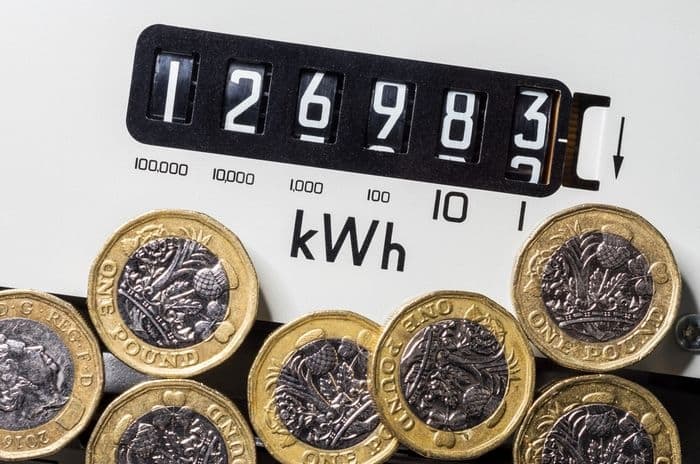Home > Energy > News > Ofgem increases safeguard energy tariff by £47
Ofgem increases safeguard energy tariff by £47
Wholesale energy price rises have triggered Ofgem to increase the safeguard tariff by £47 a year.
The safeguard energy tariff will be increased from 1st October 2018. Rising energy costs have also been reflected in a number of price hikes imposed over the summer from both big six suppliers and smaller energy companies too.
The safeguard tariff, which protects vulnerable households from being overcharged, will rise from the current level to £1,136 per annum on average for dual fuel customers. The tariff now applies to around five million households across the UK.
The regulator adjusts their forecasts based on bi annual figures and has said that higher wholesale prices have prompted the move. The price increases are thought to be a result of an increased cost of oil, which was last measured in February this year.

A justified increase
Ofgem have commented that the price increase is justified by rises in underlying costs. Dermot Nolan, chief executive of Ofgem, agreed that any price increase is always unfortunate for customers. In the Ofgem press release he commented;
"...while the level of the tariff will rise in October, these customers can be confident that this increase is justified and that their energy bill reflects the real cost of supplying gas and electricity."
Ofgem have also stated that they are working to put in place even more price protection for customers. They hope that new schemes in the pipeline will prevent around 11 million customers from unfair pricing, helping more households stay away from poor value deals.
What is the safeguard tariff?
The safeguard tariff came into effect from the 1st April 2017. It applies to gas and electricity customers who are currently on a prepayment meter and limits the amount suppliers can charge per unit of gas and electricity. Earlier this year, in February, Ofgem extended this tariff to apply to an additional one million vulnerable households.
The tariff came about as a result of the Competition and Markets Authority (CMA) investigation into fair pricing in the energy industry. It is deemed to be a temporary measure, in place until the smart meter rollout is completed, anticipated for 2020.
To be eligible for the safeguard tariff, customers must either:
- Be on a gas or electricity prepayment (key or card) meter
- Be on a tariff which requires paying in advance for energy
- Have a standard meter, or a smart meter which fails when supplier is switched (first gen)
- Be in receipt of the Warm Homes Discount
The tariff doesn't cap the cost of the bill, because the total charge will also be dependant on the amount of energy used. Customers can often still save money by switching supplier or by moving to a cheaper tariff. It is designed to give customers peace of mind that they are not being unfairly penalised for paying in advance, and to ensure they are not overcharged.
The saving, in reality, has typically been around £100 off the cost of dual fuel bills. Customers on a standard variable tariff (SVT) from a big six supplier pay on average £1,132 per year, with the previous cap set at an average of £1,031 a year. This will rise by an average of £47 as a result of the Ofgem increase.
Current deals on dual fuel fixed tariffs can frequently still come out significantly lower than the annual cost of a safeguarded tariff. Ofgem has indicated that customers should still focus on switching to a cheaper deal, although the safeguard will protect the most vulnerable from paying excessive charges.
Get insider tips and the latest offers in our newsletter

We are independent of all of the products and services we compare.

We order our comparison tables by price or feature and never by referral revenue.

We donate at least 5% of our profits to charity, and we have a climate positive workforce.
Latest News

02 January 2024
Energy prices increase by 5%
23 November 2023
Energy price cap to rise 5% in January 2024
24 October 2023
Energy companies must do more to support customersGet insider tips and the latest offers in our newsletter


